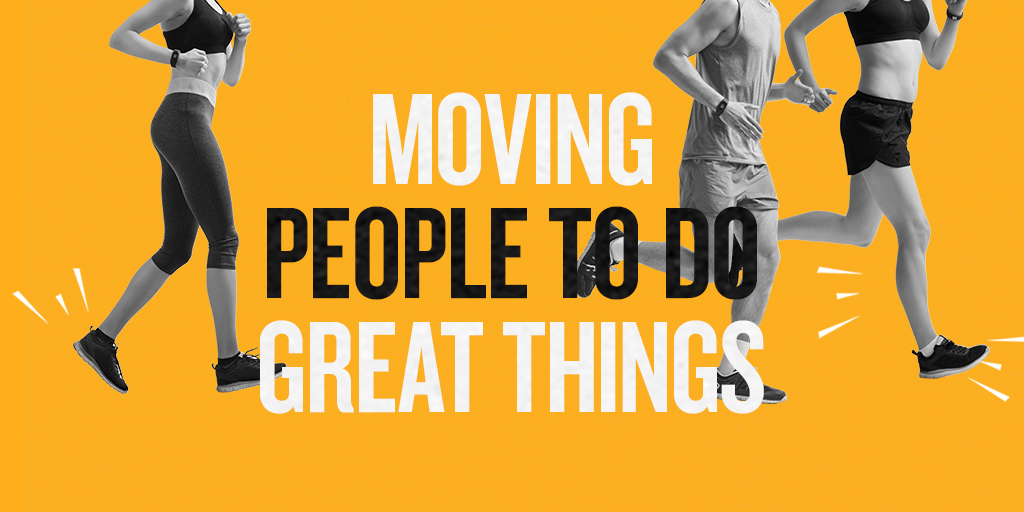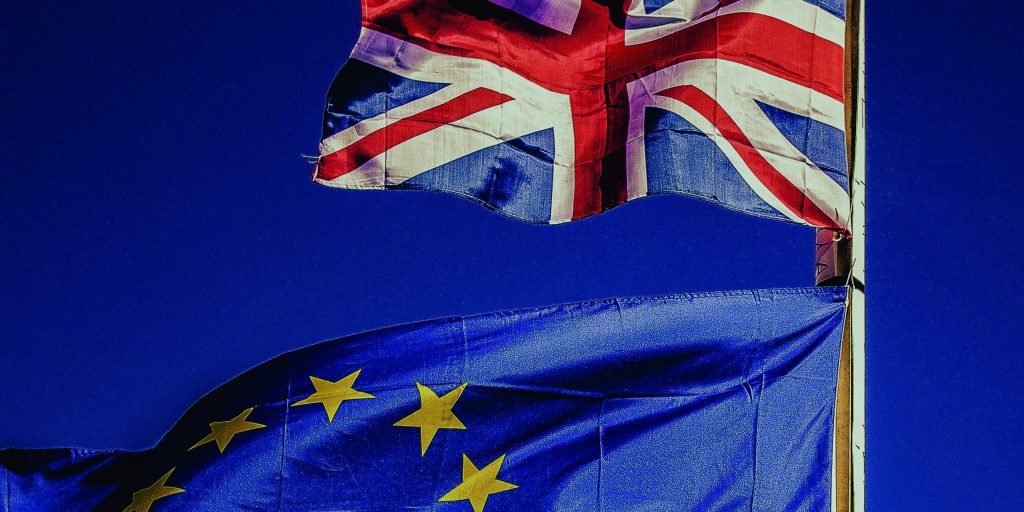Insight article

We can be heroes: how to ‘nudge’ people into action
Stay at Home. Protect the NHS. Save Lives.
In these unimaginable times we have all found ourselves living in a strap-line. The government knows that right now, life-and-death action depends on the ability to speak – clearly and emotively – to every aspect of our lives and selves: enmeshed, since lockdown, like never before. The national dilemma is the rupture between our personal and professional purpose – we need to perform our work (and pay our bills) but we also want to save lives. We want to be heroes. And now, this strap-line tells us, we can be. These three neat lines tell us clearly what’s expected of us – but we want to do those things because they make us the hero of the story. By working from home, staying in and changing our habits on a major scale, we are protecting the NHS – and like the NHS workers, who we applaud every week for their true, staggering heroism, we can help to save lives too.
These implied heroics are no accident. This strap-line – potentially the most critical government communication ever implemented – has been developed with all the behavioural insight of the famous ‘Nudge’ unit that helps us to hack our own human biases to make better decisions like saving for our pensions and looking after our health. And to really get people to take these measures, government communications need to make people care. Employing the effective ‘rule of three’, their slogan is incredibly clear. But on top of clarity, these words incentivise individuals to do their bit. We now know exactly the role we need to play in order to ‘flatten the curve’ – in the words of David Bowie: ‘We can be heroes’.
Going beyond simply rational information, our intrinsic emotional motivation is being spoken to shift our personal narrative. The Nudge unit uses a framework termed ‘EAST’: make a decision easy, attractive, social and timely. Nudges are a subtle, voluntary and human-centred mechanism of exerting influence. Helping people to contribute through clear, tangible action and implanting nudges that support collaborative and resilient behaviours. Dan and Chip Heath’s analogy of the ‘elephant and the rider’ describes the tension between the rider (our rational mind) and the elephant (our emotional mind). The key is getting the two moving together: something leaders can do by helping guide the emotional and rational minds of their teams.
Locate the inspiring narrative
Before you achieve collective action – you need to tap into the meaningful narrative. This is the source of the power of our current strap-line. ‘Stay at Home. Protect the NHS. Save Lives’ has tapped into our most beloved national self image – the narrative that means the most, centred around one of our most cherished assets – the NHS. It also harnesses the blitz spirit and sense of collective national values. Leaders won’t have a hope without identifying the foundational narrative – relevant, authentic, meaningful and inspiring – they’re building all their communications from. But if they can, there’s huge power and opportunity
Action, not just words
In the context of C-19, INSEAD’s Professor of Change, Gianpiero Petriglieri urges leaders to think of ‘holding’ their people: reassuring and affirming their faith in their company. ‘In groups whose leaders can hold’ he writes, ‘mutual support abounds, work continues, and a new vision eventually emerges’ (Harvard Business Review, April 2020). This is a period of prolonged uncertainty, far longer than any of us are used to. Employees need to feel ‘held’ safely – not abandoned to the unknown. As this is a very real hazard of our times. Richard Branson, a brand built on trust and transparency, has created real hurt and distrust amongst his Virgin Atlantic employees by asking them to take eight weeks unpaid leave. Whilst Branson has since apologised for this major misjudgement, the internal damage between his people and their trust in him will take a lot longer to repair. Branson failed to prepare and then subsequently reassure his employees – doing lasting damage in a context where employees will be more attuned than ever to how businesses treat their people in crisis. Long-term anxiety and ultimately disconnection is a likely symptom of this error.
Find the stories, find the heroes
Captain Tom Moore’s fundraising story has captured our hearts. His story of his remarkable achievement of raising £33million for the NHS taps into something bigger than just the current pandemic. It taps into our memory of the past, WW2 and our collective history. It brings to life the strap-line: that we can be heroes from our own homes. It has circulated organically around the nation and has been amplified by government, which recognises the power of this singular example to reinforce the narrative they’re urging us to embrace.
Stories like this make narratives meaningful and actionable. They provide the motivation to act, they role model what it means to act, and they sustain our momentum to act by becoming an inspiring part of the conversation around us. By seeding new stories that role model behaviours and make change feel possible, leaders can embed new norms and inspire collective action. When we hear stories that we empathise with, our brains release serotonin and oxytocin, the neurotransmitters of empathy. We connect with them. Jennifer Aaker, a professor at the Stanford Graduate School of Business says that people remember information when it is weaved into narratives “up to 22 times more than facts alone” (Lean in).
Words aren’t just saving lives during this crisis, but they are a mechanism that can modulate our fears, pull us back to purpose, and guide us in the dark. For leaders, choosing the right words will be the difference between sinking and swimming.
With remote-working and increased physical distance from one another, we face the threat of disconnection like never before. And as we are jolted out of normality, mental wellbeing will be thrown off kilter for many. The ‘emotional revolution’, led by psychotherapist Esther Perel, has made great strides in addressing mental health in the workplace, but we can’t let this drop off now. Leaders can’t control the immediate side-effects of this crisis on working life – the strains of a poor home internet connection and disruptive children and pets. However, leaders can perform their duty of care and communicate with their people in new, somewhat atypical ways.
Looking ahead
As humans, we are hardwired to create a sense of connection from what was to what will be. Psychologists call this the ‘continuity principle’. We tell stories as our impulse is to create meaning and patterns from chaos, to peer through the haze of uncertainty. As Esther Perel contends, such mechanisms even physically soothe us, they ‘slow down our breath’ and make us ‘attentive’ (FT, April 2020). Interruption can happen at anytime, it might be a global pandemic or it could be the next M&A – any radical change requires people to move quickly. A narrative is a way of helping employees move with purpose, and connect their inner story to the journey ahead.
Communications and posters alone won’t change behaviour. As a country and as a world, never before have we been connected by such a common purpose. This purpose needs to be articulated clearly, with heart, empathy and grit by leaders. This painful time will pass; and in the interim leaders can begin to build the emotional conditions in their teams and their organisational culture for long-term renewal and resilience.





